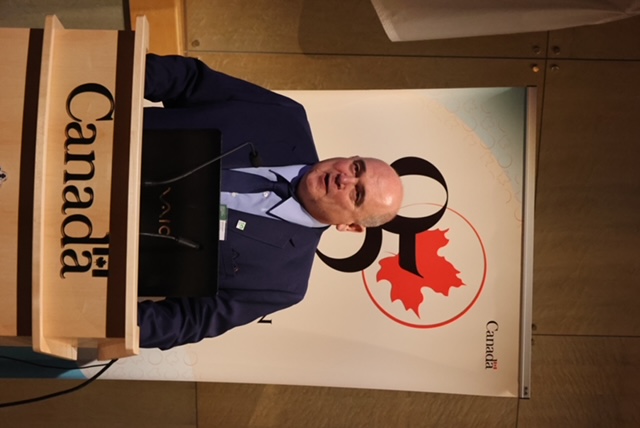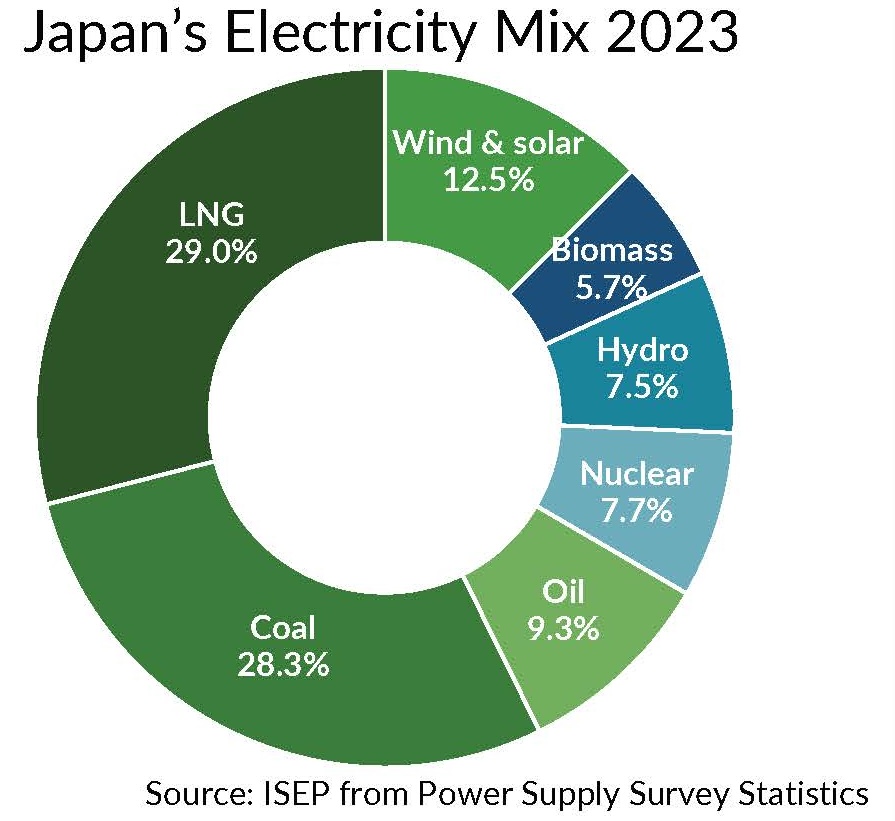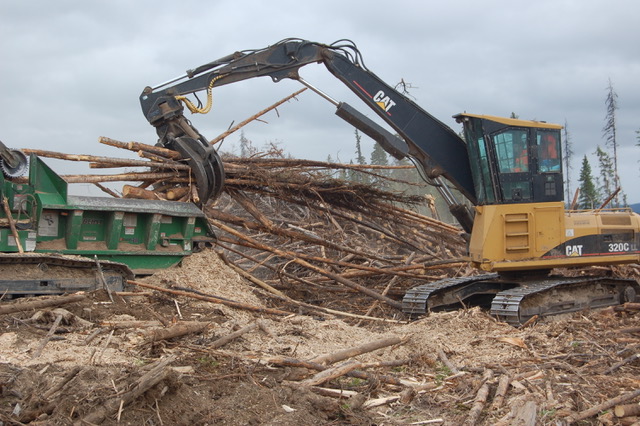
In November 2024, I was part of an Alberta forest industry Trade Mission to Japan led by the Honourable Todd Loewen, Minister of Forestry and Parks. Participants included Alberta ministry officials and wood products manufacturers, as well as Canada Wood and the Alberta Forest Products Association. The mission’s focus was to strengthen partnerships and showcase Alberta as a trusted supplier of wood products.
It was a busy ten days that included the annual Wood Pellet Association of Canada (WPAC) customer appreciation dinner, Canada Wood’s Wood Forum, the BC Council of Forest Industries 50th Anniversary Reception, a press conference and media interviews, and meetings with Japanese government officials.
Japan is the fastest-growing import market in the world for wood pellets, driven by the government’s policy initiatives to mitigate pollution from coal and supported by a long-term feed-in-tariff (FIT) for biomass energy. The country aims to reduce greenhouse gas emissions to zero to make Japan a carbon-neutral, decarbonized society by 2050 and aims to reduce its greenhouse gas emissions by 46 percent by 2030. Canadian wood pellets are part of the solution for Japan.
Canada is well-positioned to support Japan’s climate goals. WPAC recently conducted a Canada-Japan greenhouse gas (GHG) study, which examined GHG emissions for BC wood pellets versus coal use in Japan. The study found that wood pellets fired in Japan produced only 8.37 percent of the GHG emissions produced by coal (more than a 91 percent reduction).
Canadian wood pellet growth in Japan

Over the past decade, Canadian pellet exports to Japan grew 27-fold from 2014 (62,000 tonnes) to 2023 (1.70 million tonnes). Thirty percent of Canadian wood pellet exports to Japan come from Alberta (the other 70 percent from British Columbia). In 2023, approximately 550,000 tonnes of wood pellets worth $107 million were exported to Japan, accounting for a third of the value of Alberta’s forest products exports to Japan.
In 2023, more than five percent of Japan’s electricity was generated from renewable biomass (in approximately 240 biomass power plants). Biomass’ share of the electricity mix is now approaching that of nuclear, which is barely ahead at seven percent.
Japan is presently consuming 6.1 million tonnes of wood pellets annually. For the 12 months ending October 31, 2024, Vietnam had the largest market share at 50 percent, providing three million tonnes. Canada and the United States were tied for second, each with a 20 percent market share. Both countries provided 2.3 million tonnes to Japan. Japanese wood pellet consumption is projected to grow by another 30 percent by 2030, presenting even more opportunities for Canadian wood pellet exports.
Coordinated Canadian approach to address concerns

With the growth of Canadian wood pellets as a low-carbon energy alternative in Japan, customers and regulatory bodies want to learn more about Canada’s reputation in the forest and wood pellets; they want to be satisfied biomass is responsibly produced and sourced. The Canadian delegation had a coordinated approach where people heard from Canadian government officials and trade associations about Canada’s sustainable forest management reputation.
Minister Loewen spoke about the importance of the forest products trade with Japan, including wood pellets, to our long-standing trade relationship. He also spoke to Alberta’s forest management laws and regulations.
Bruce St. John, President of Canada Wood, discussed how Canadian companies responsible for harvesting forests carefully manage, protect and monitor our diverse forests.
I spoke about how the Canadian pellet sector exists to make better use of forests already harvested and that pellets are mainly from sawdust and low-quality logs unsuitable for sawmills and pulp mills.
More work to do
In 2023, Japan replaced the UK as Canada’s top wood pellet export destination. Japanese wood pellet consumption is projected to grow by another 30 percent by 2030, reinforcing Japan’s importance to Canadian pellet producers. During the mission, together with Minister Loewen and his government colleagues and with our allies from Canada Wood Group and Alberta Forest Products Association, we reinforced Canadian forest and wood pellet sustainability to Japanese government and industry stakeholders. I will return soon and often to continue developing relationships to ensure Canadian wood pellets continue to be a vital part of Japan’s electricity mix.
Gordon Murray is the Executive Director of the Wood Pellet Association of Canada.
